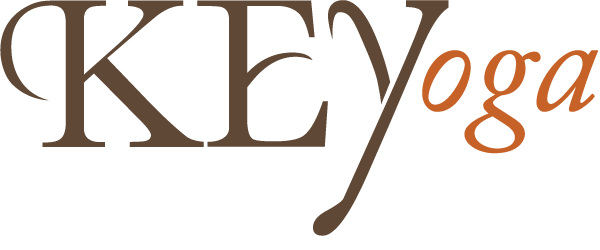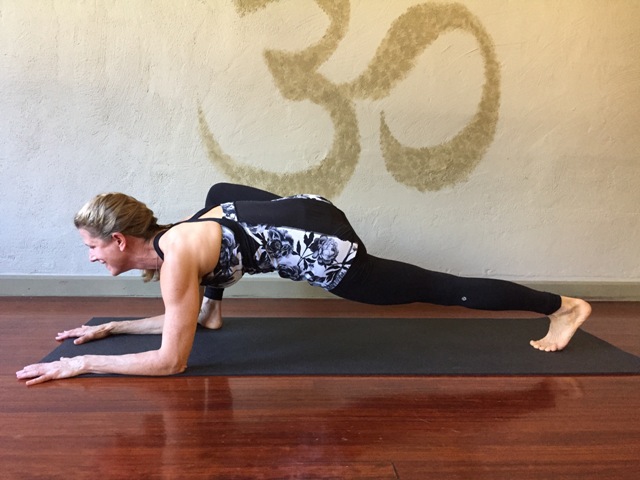On January 1 this year I decided to give up sugar. I quite frankly was tired of the yo-yoing effects I experienced when I ate sugar. I would crave it, I’d eat too much, I’d feel kind of wired and scattered in my energy and then I would crash. Then I would complain about how I didn’t like the way it made me feel, only to give in to the craving the next time.
I did the same thing with alcohol. I liked to have a glass of wine every night with dinner. Sometimes it would lead to 2 as my husband and I would relax and catch up with each other’s day. After the dishes I would find that I was too tired and unfocused to get anything done. The next day I would have some guilt about that. Sometimes I would have trouble sleeping. I would fall asleep pretty easily, but I would often wake up around 3:00 am. That time, according to Chinese Medicine is when the Liver Meridian is most active. Since alcohol is metabolized in the liver that seemed to make sense to me. The next morning I would feel a little tired in the morning and not motivated to get up. I would complain to my husband that I felt hung over. He would tell me that I could not possibly be hung over on 2 glasses of wine that were drunk with a meal. All I know is that I didn’t like how I felt when I woke up but that I would probably give in to the craving to have another glass of wine that night at dinner.
In November of 2016, I took a Vision Board Workshop about setting intentions and manifesting your dreams. In the workshop, the teacher talked about things she called “Tolerations”. These were things in your life that were a little out of whack, but you got so used to them that you just tolerated them. They could be anything, like the light switch cover you forgot to put back up after the living room was painted and then you became accustomed to it and now you don’t even see it. She also talked about the things you do that you don’t want to do and the things you don’t do that you should. She said that all of these tolerations were undermining your efforts to shape your life the way you wanted it.
So, I decided to work on those things.
Sugar and alcohol were clearly big tolerations for me. So, I gave them up. So far, it hasn’t been too hard. The third day was the worst when I had a mild headache all day long. I knew it was a withdrawal reaction and that if I caved in, it would be all over. I haven’t given up fruit, so I was able to appease my sweet tooth a little with a Clementine or two.
My main reasons for giving up sugar were to feel my best all of the time. I was also interested to see if what people say about giving up sugar is true: I will have less inflammation, my energy will be calmer and I won’t have to worry about my weight. Not that I worried that much about my weight before, but I have noticed that I have had to be more careful about my weight after menopause. I’ve been told that it will take about 6 months to feel some of these other effects.
But the most important reason for wanting to give up sugar is that it is implicated in many diseases, particularly Alzheimer’s. Since my mother has Alzheimer’s and I have been witnessing the effects of this disease first hand, I will do whatever I can to make sure I don’t get it.
So far, it has been 15 days and I feel pretty good. Last night was especially gratifying. It was my birthday and friends had invited us over for dinner. We stayed pretty late, later than I usually would have if I had drunk a glass of wine or two. I did not feel sluggish. I did not feel tempted to have any wine at all. (Often when I have a glass of wine, I get sleepy pretty easily. Cheap date, I know!) I got up early the next morning to take a yoga class and I felt great! I was not sluggish at all. My friends were also very supportive about my sugar abstinence. Instead of birthday cake they made a giant fruit salad filled with raspberries, strawberries, blueberries, pineapple and all the good fruit that you usually don’t get enough of when you buy a fruit salad in a store or a restaurant. They had ice cream to go with it. Usually ice cream is my down fall. But I knew that if I had any that it would unravel the whole thing, so I stayed content eating my fruit salad.
We’ll see how this goes. My plan is to try to make it permanent, but my short goal is to get through January. I have cut out all added sugar. I do not eat cake, cookies, ice cream and such. I haven’t changed all of the other things I am eating, yet. There is sugar in the protein shake that I have in the morning. I will either phase that out by eating more whole foods or, I will change it to a protein powder that has no sugar in it. I was able to find a hemp protein powder that is pure hemp with no additives. I don’t like the highly processed nature of the protein powder, but it has been part of my morning routine for a year now and it has worked for me. Baby steps for now. I will revisit the protein powder in the future.
I have a friend who does not eat any sugar and she has been very supportive. She has applauded my efforts to go against the norm. Sugar is so pervasive in our society that to not eat it feels like an act of rebellion. The average American eats 66 pounds of sugar a year! Sugar is addictive and its consumption contributes to obesity, diabetes, liver damage and heart disease.
I have found it helpful to re-read the book The Sugar Blues by William Dufty. Hearing about how bad sugar is from an environmental, social and political point of view just reinforces my resolve.
Have you ever given up sugar? If so, share your success. If you want to join me, I will be happy to share my progress and all I am learning.




























